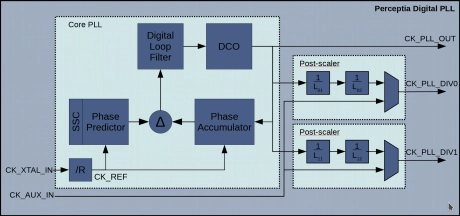Analog IP
Analog IP generally handles every feature on a chip that connects to the outside world, plus power management and clocking.
Analog IP cores in this category include PLLs that generate various clocks, A/D converter IP and D/A converter IP that convert analog and digital signals, sensor IPs that measure temperature and voltage, and analog functional parts for configuring analog front ends (AFEs).
Explore our vast directory of Analog IP cores below.
All offers in
Analog IP
Filter
Compare
5,722
Analog IP
from
112
vendors
(1
-
10)
-
1.7GHz Multiplying PLL on TSMC 28nm
- Including Loop-filter
- VCO operating range : 850MHz - 1700 MHz
- Output frequency range : 850MHz -1700 MHz
- Input frequency range : 9.6MHz - 216MHz
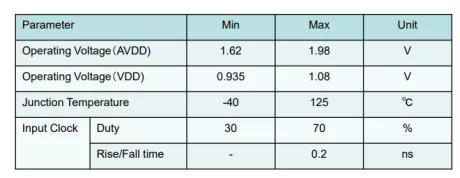
-
5GHz Multiplying PLL on TSMC 28nm
- Including Loop-filter
- VCO operating range : 2500MHz - 5000 MHz
- Output frequency range : 1250MHz - 2500 MHz
- Input frequency range : 12MHz - 320 MHz
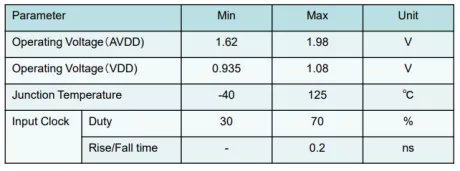
-
1.8GHz SSCG PLL on TSMC 28nm HPC+
- Including Loop-filter
- VCO operating range : 900MHz - 1800 MHz
- Output frequency range : 900MHz-1800 MHz
- Input frequency range : 12MHz - 192MHz
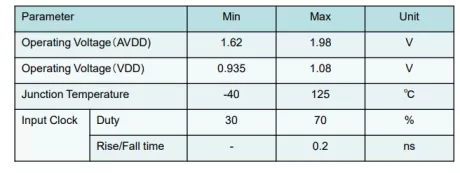
-
3.2GHz SSCG PLL on TSMC 12nm
- Including Loop filter
- VCO operating range : 1600MHz- 3200MHz
- Output frequency range: 400MHz- 3200MHz
- Input frequency range : 10MHz- 200MHz
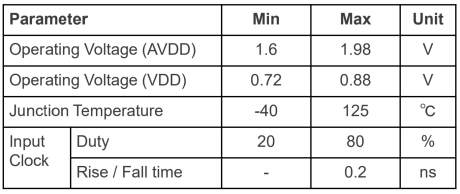
-
4.3GHz SSCG PLL on TSMC 7nm
- Including Loop filter
- VCO operating range : 2000MHz-4300MHz
- Output frequency range: 500MHz-4300MHz
- Input frequency range : 10MHz- 200MHz
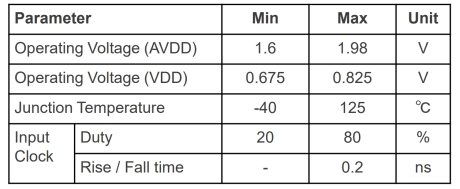
-
Automotive Grade PLLs, Oscillators, SerDes PMAs, LVDS/CML IP
- TSMC IP9000 Alliance member enabling automotive IP support in TSMC automotive processes
- Automotive Documentation including Safety Manual, FMEDA and DFMEA
- Design reliability report containing EM/IR and Aging analysis
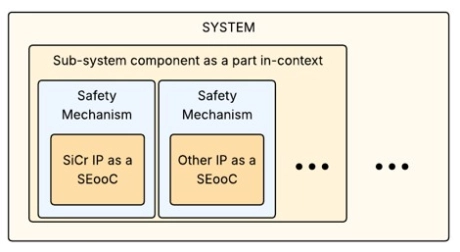
-
General use, integer-N 4GHz Hybrid Phase Locked Loop on TSMC 28HPC
- This Integer-N Hybrid (Digitally Aided Analog) PLL generates clock signals within broad frequency range.
- Division coefficients of the embedded input and feedback dividers can be set to any integer between 1 and 64 or may be bypassed to save power.
- Higher order dividers and/or pre-scalers are optional.

-
32Gbps, 31 order, Pseudo Random Bit Sequence Generator / Checker
- This unit generates and checks Pseudo Random Bit Sequence (PRBS) of 31 order, up to 32Gbps. Error count is accurate: no double counts or omissions regardless of error sequence or frequency of occurrence.
- Can be used as Generator, Checker or both. No inductors are used minimizing area and EM interference. Simple control interface, with low frequency asynchronous signals only.
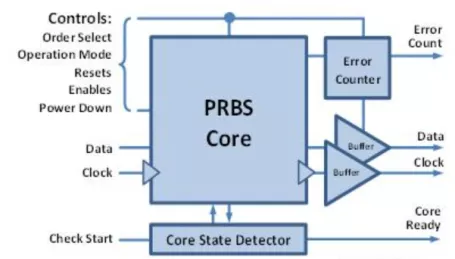
-
32Gbps, 7/15/31 order, Pseudo Random Bit Sequence Generator/Checker
- PRBS order: 7, 15 or 31 based on formulas: X1=X6^X7; X1=X14^X15; X1=X28^X31
- Full bit rate at input and output up to 32Gbps
- Generator, Checker and Counter functions
- Accurate error count: no omissions or double counts
- Full rate CMOS differential input data, centered with half-rate CMOS differential clock
- Full rate CMOS differential output data, aligned with half-rate CMOS differential clock
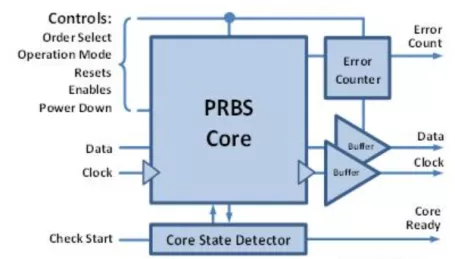
-
All Digital Fractional-N PLL for Performance Computing in UMC 40LP
- Fractional multiplication with frequency up to 4GHz
- Low jitter (< 10ps RMS)
- Small size (< 0.01 sq mm)
- Low Power (< 5mW)
